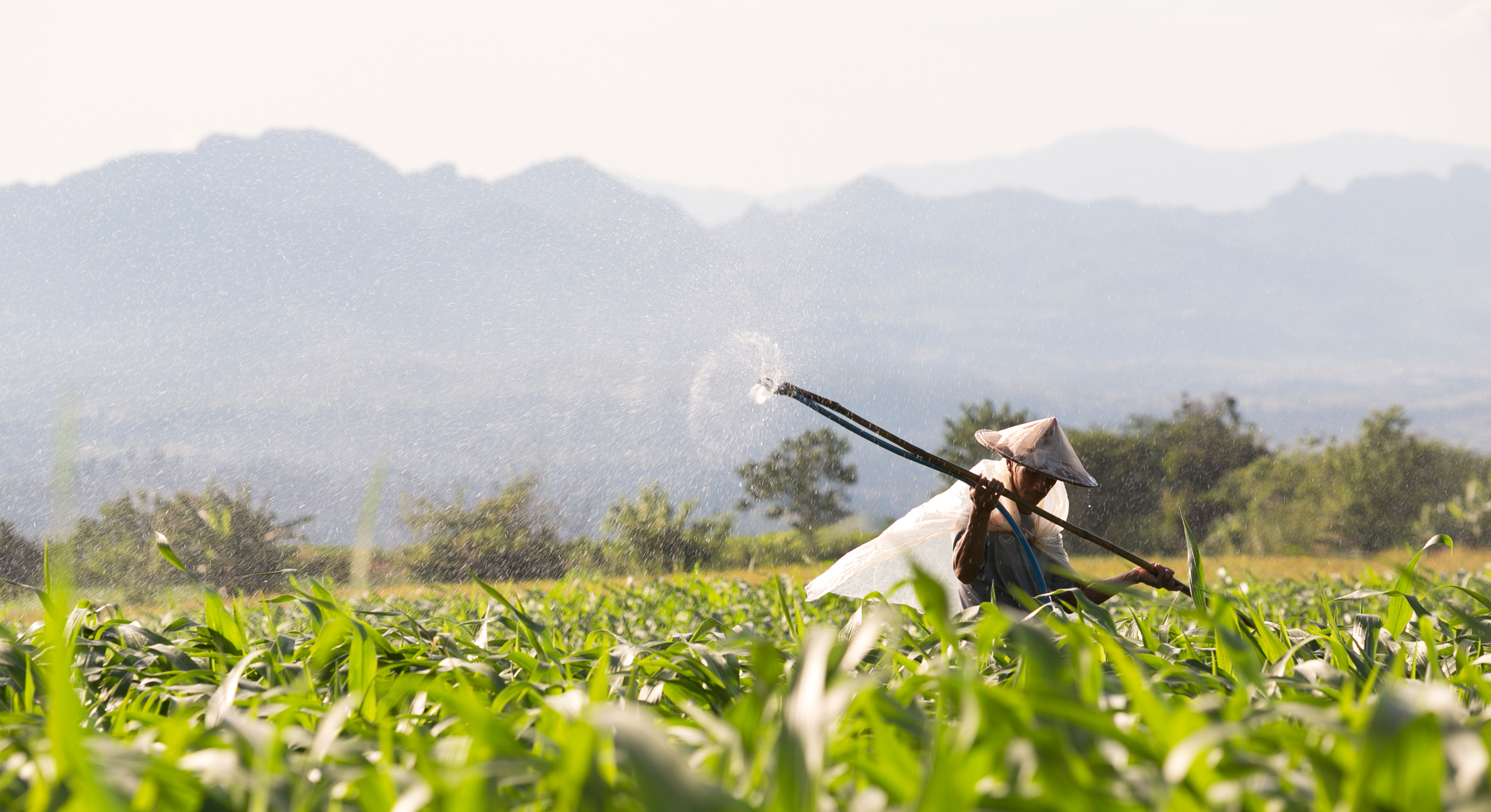Rural indigenous populations are nowadays used as a model for studying the current rise in chronic non-communicable diseases, especially obesity. This is down to the previous observation that these populations have the richest and most diverse microbiota ever recorded in humans, including microbial taxa that are absent in westernized populations.
Two recent studies explore the impact on the gut microbiome of individuals’ migration status and lifestyle dietary transitions from hunter-gathering to farming.
The first study, led by Dr. Dan Knights from the University of Minnesota (USA), has found that the gut microbiome of Thai immigrants to the US may change in just 6 to 9 months and that this may explain immigrants’ high obesity rates.
The researchers studied the effects of immigrating to the US on the gut microbiome in healthy rural Thai women aged between 18 and 70 who belong to the Hmong and Karen tribes. The individuals under study included:
- Thai women still living in Thailand (n = 179).
- Thai women who had immigrated to the U.S. (first-generation; n = 181), including newly arrived Thai individuals and those residents for up to 40 years.
- American-born children of Thai immigrants (second-generation; n = 54).
- White American controls (n = 36).
Thai-resident people showed the highest microbial diversity and richness, whereas both parameters decreased with each generation of residence in the US.
The most relevant element in the loss of gut microbiome diversity, secondary to US immigration, is that it affected native gut microbiome species, including a depletion in up to 50% of Faecalibacterium prausnitzii and taxa belonging to the genus Prevotella. This was apparent from the first-generation US resident group.
A parallel longitudinal sub-study also found that the shift towards dominant US taxa began as early as within 6 to 9 months of US residence. Furthermore, the longer immigrants lived in Minnesota, the more apparent the shift in their gut microbiome to resemble that of the Americans.
This immigrants’ gut microbiota experienced a shift across generations in the US, and this was also accompanied by a loss of enzymes that degrade certain types of plants, including a lack of those linked with digesting plants commonly eaten in South East Asia, such as jungle fern, tamarind, palm and coconuts.
The prevalence of obesity among Hmong women gradually increased within just one generation, and gut microbiome changes were further underscored among obese individuals and the children of immigrants.
Although the researchers highlighted the primary role of diet in explaining the substantial loss of native gut commensals, other factors might also contribute, including medication, birthing practices and other environmental exposures.
A second study, led by Dr. Justin L. Sonnenburg of Stanford University (USA), shows that colonic microbial communities in Himalayan populations change as they shift from a hunter-gatherer dietary lifestyle.
The researchers analyzed the gut microbiome of four genetically similar Himalayan populations—namely, the Tharu (n = 20), the Raute (n = 11), the Raji (n = 9) and the Chepang (n = 14). They all live in the same geographical region and only differ in the way they obtain and manipulate food staples. Stool samples, diet and other environmental exposures from the Himalayan people were compared with those from a control group of North Americans of European descent.
The Tharu transitioned into farming 300 years ago and are disconnected from foraging practices in the forests. The Raute and the Raji were also disconnected from foraging but have only practiced agriculture for the past 30 to 40 years. In contrast, the Chepang are still exclusively reliant on the wild environment for food.
The composition of the gut microbiome of Himalayan populations differed depending on whether humans followed foraging practices and also on how long ago they departed from a hunter-gatherer lifestyle.
Gut bacteria including Ruminobacter and Treponema were most abundant in the Chepang group, which fully depends on a foraging dietary lifestyle, whereas their presence decreased as populations abandoned the hunter-gatherer lifestyle. In contrast, these bacteria were absent in North Americans.
On the other hand, the phyla Actinobacteria and Verrucomicrobia were rare in hunter-gatherer populations, beginning to appear as farming and industrialization took hold. As the Raute and the Raji have transitioned to farming over the past 40 years, these findings highlight that dietary lifestyles can have an impact on the gut microbiome within decades of a population leaving the nomadic lifestyle. Besides diet, other environmental factors, including drinking water sources, were also involved in shaping the human gut microbiome.
Considering the profound impact industrialization has on the gut microbiome, the scientific community sees the loss of microbial species as a potential health threat comparable with climate change, which will compromise the health of future generations. As a result, a group of scientists led by Prof. Maria Gloria Dominguez-Bello are calling for a microbial vault to be set up that collects our beneficial ancestral microorganisms from people who are not in contact with industrialized practices.
References:
Vangay P, Johnson AJ, Ward TL, et al. US immigration westernizes the human gut microbiome. Cell. 2018; 175(4):962-72. doi: 10.1016/j.cell.2018.10.029.
Jha AR, Davenport ER, Gautam Y, et al. Gut microbiome transition across a lifestyle gradient in Himalaya. PLoS Biol. 2018; 16(11):e2005396. doi: 10.1371/journal.pbio.2005396.
Dominguez Bello MG, Knight R, Gilbert JA, et al. Preserving microbial diversity. Science. 2018; 362(6410):33-4. doi: 10.1126/science.aau8816.


